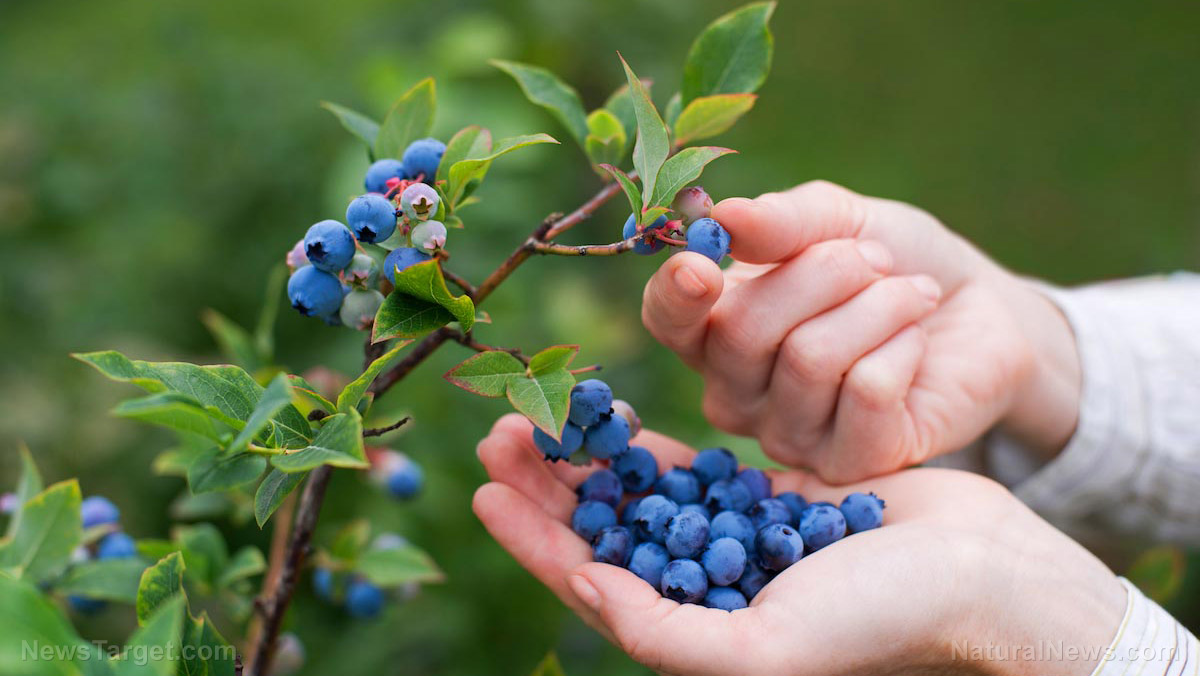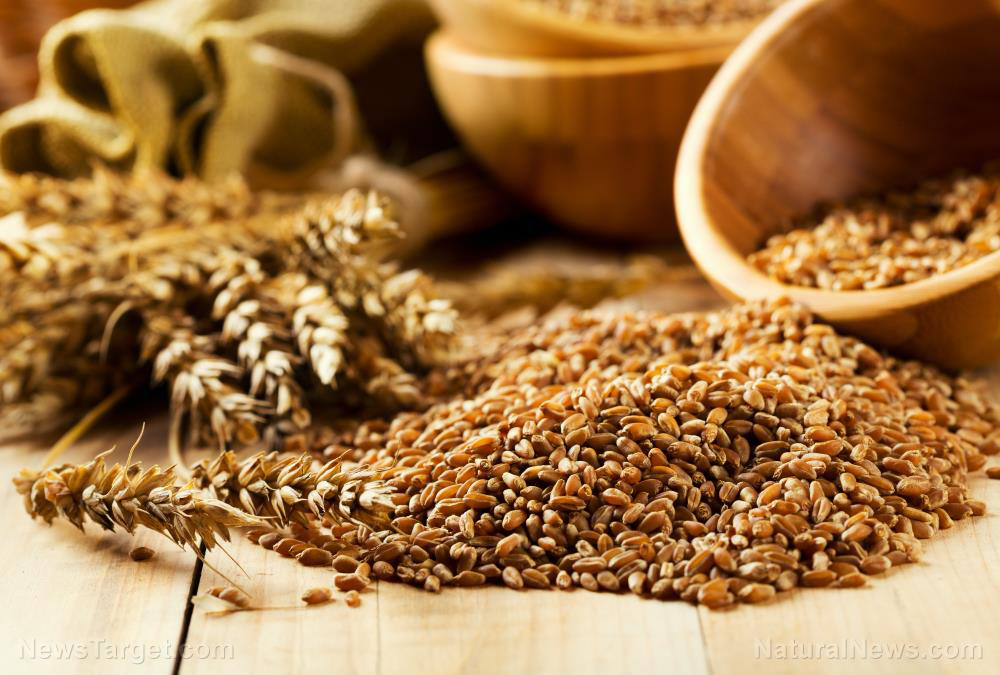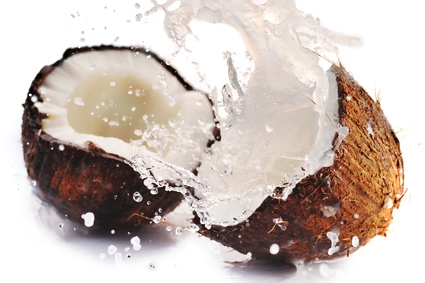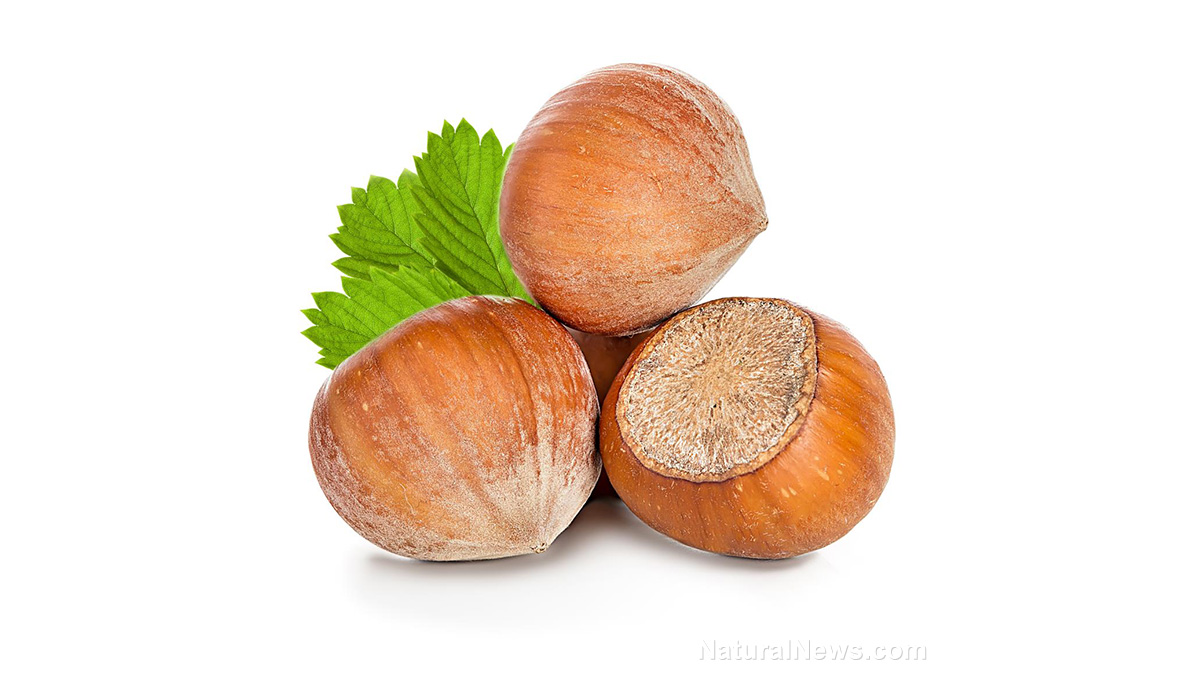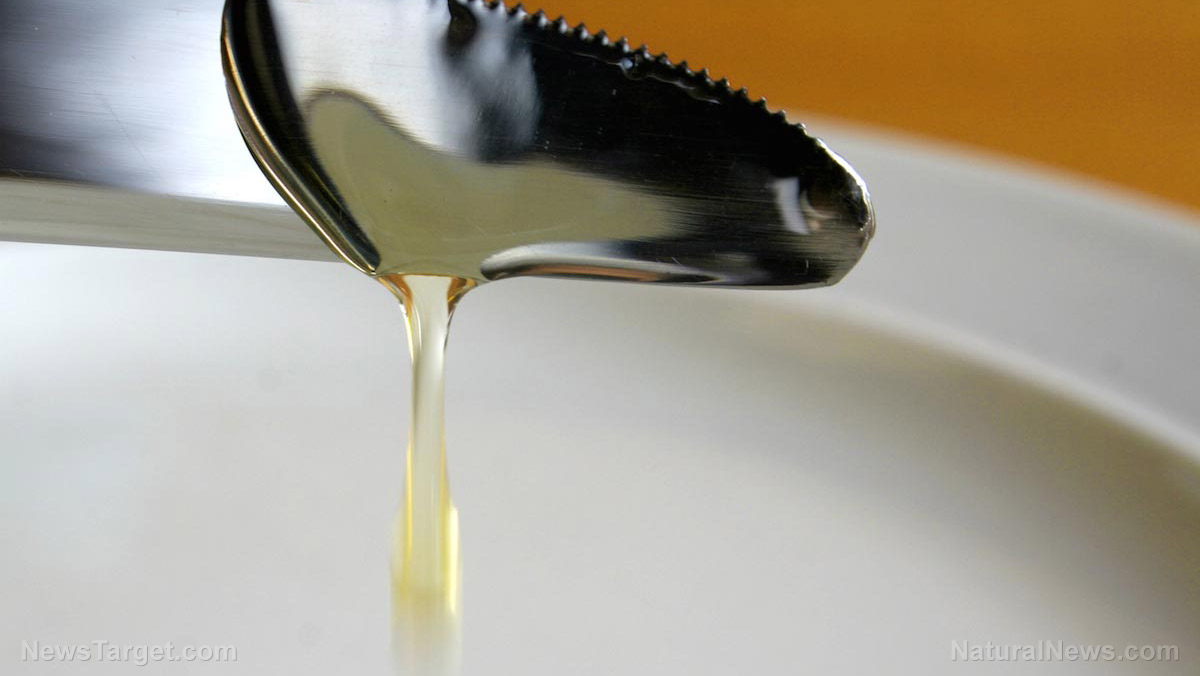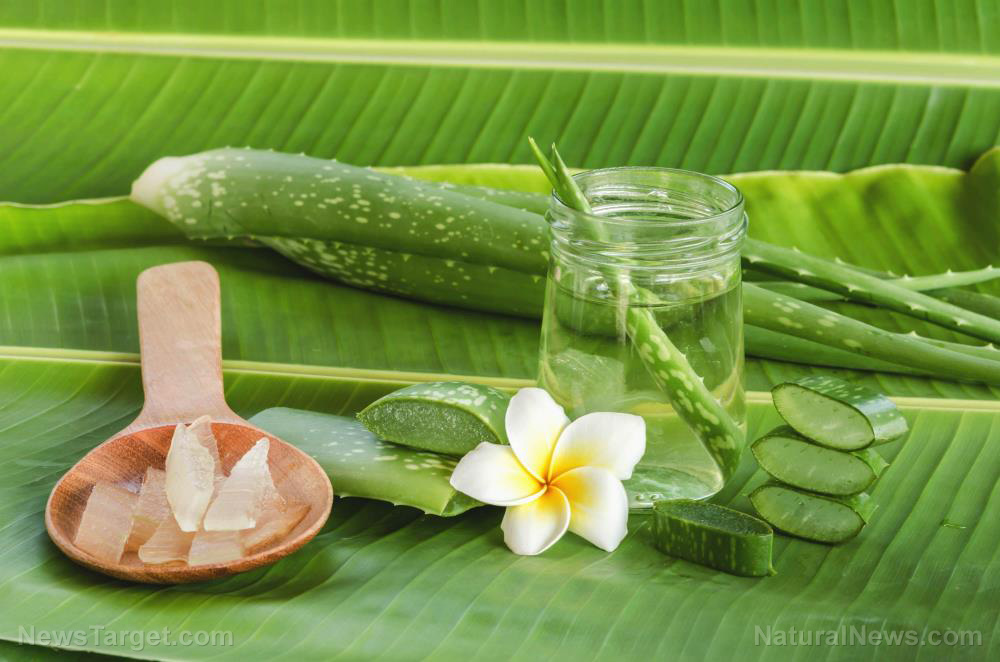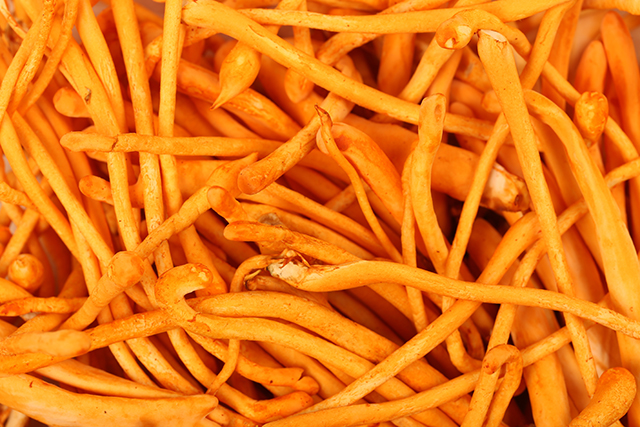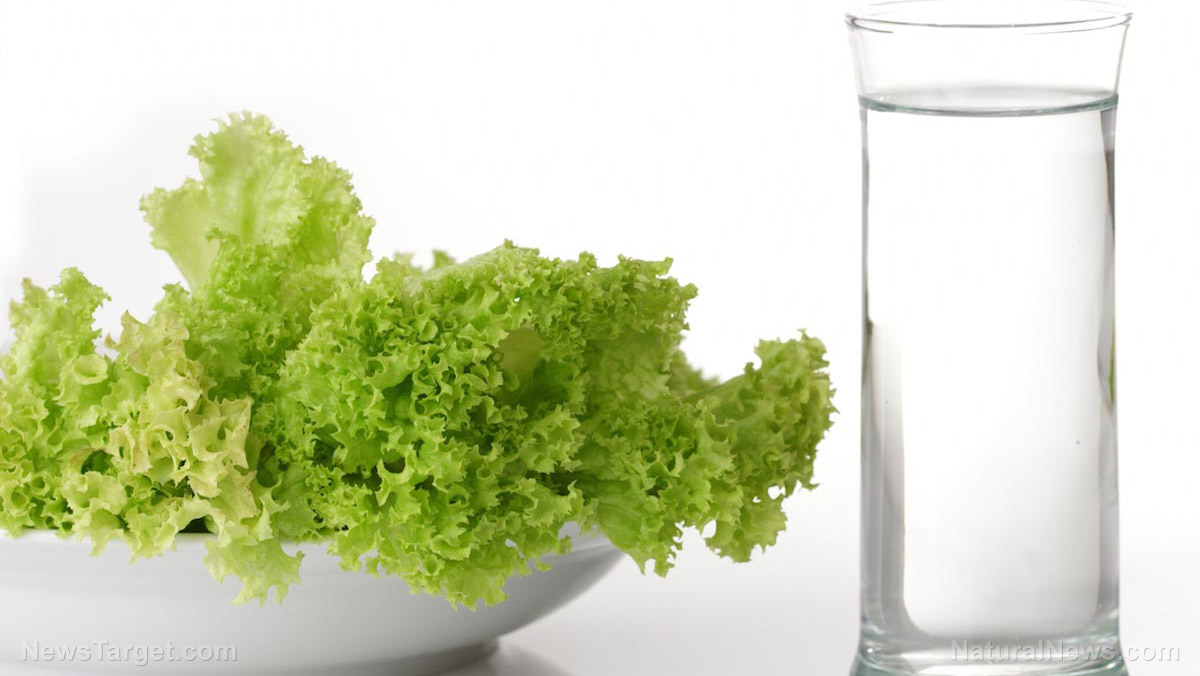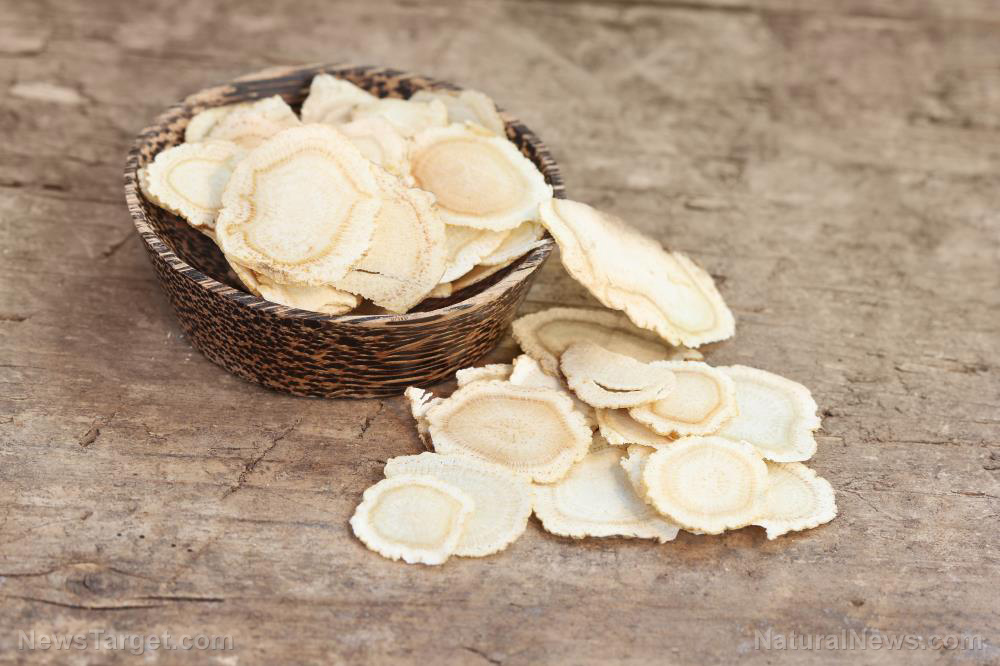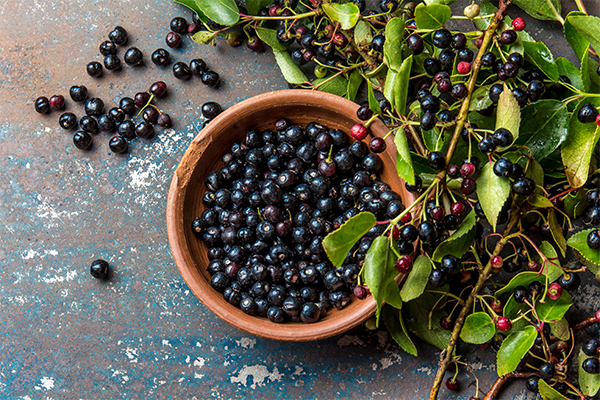Crescent-cup liverwort shows promise as a treatment for diabetes
07/22/2020 / By Evangelyn Rodriguez

Crescent-cup liverwort, scientifically known as Lunularia cruciata is a small, non-vascular plant that’s native to the region around the Mediterranean. Named for the shape of its cups — structures that contain cells called gemmae that enable it to reproduce asexually — crescent-cup liverwort is a forest dweller that germinates on moist surfaces.
Together with mosses and hornworts, liverworts like crescent-cup liverwort are classified as bryophytes. Despite their small size, bryophytes play an important role in regulating ecosystems. They are also known to collect water and nutrients and share these with the plants that live around them. As such, bryophytes are good indicators of habitat quality. (Related: Native people around the world have used a class of plants called bryophytes for a variety of medicinal remedies.)
Today, crescent-cup liverwort is commonly grown in greenhouses in the United States. According to studies, extracts obtained from it have shown potential as natural antibiotics. However, the pharmacological properties of crescent-cup liverwort are severely understudied due to the difficulties involved in using the plant for research.
In a recent study, Indian researchers decided to grow crescent-cup liverwort in the laboratory. They then compared its biological properties and phytochemical composition with naturally grown crescent-cup liverwort to determine if lab-grown plants can be used as a substitute for research purposes.
The researchers reported their findings in an article published in the journal BMC Complementary and Alternative Medicine.
Axenically and naturally grown crescent-cup liverwort exhibit antioxidant and anti-diabetic properties
According to the researchers, there are three main factors that complicate investigations on crescent-cup liverwort. Firstly, due to the plant’s size, scientists find it difficult to collect ample amounts of samples. Secondly, the plant is only available in certain seasons. Thirdly, crescent-cup liverwort has a limited geographical distribution.
To circumvent these challenges, the researchers decided to grow crescent-cup liverwort in vitro. They took note of optimal culture conditions and media, as well as the effect of hormones on the plant’s growth. After successfully growing crescent-cup liverwort in the lab, they analyzed its phytochemical composition and biological properties for comparison with naturally grown crescent-cup liverwort.
For the plant’s biological activities, they used assays to measure crescent-cup liverwort’s potential antioxidant and anti-diabetic activities.
The researchers reported that in vitro, the plant managed to grow with the help of half strength MS media and the right combination of two hormones, namely, benzylaminopurine and 1-naphthaleneacetic acid. They found nine key compounds each in the in vitro and the naturally grown crescent-cup liverwort.
In the former, they identified the following active compounds:
- 1-Butylpiperidine
- 3-Hydroxy-2-[(5-oxo-1-cyclopenten-1-yl)methyl]-2-cyclohexen-1-one
- Flavones
- 3-Hydroxyflavone
- Ethyl tetradecanoate
- Phytol
- Z-13-octadecenyl acetate
- Isopropyl stearate
- 2,4-Tricosanedione
In the latter, they identified the following:
- Thujopsene
- Flavones
- Methyl 11-cyclopentaneundecanoate
- Cyclopentaneundecanoic acid
- Methyl (13E,16E)- 13,16-octadecadienoate
- Phytol
- Deoxy aspidodispermine
- Methyl (13E)-13-docosenoate
- Methyl 2-{1-acetyl-5-ethyl-2-[3-(2-hydroxyethyl)-1H-indol-2-yl]-4-piperidinyl} propanoate
In terms of biological activities, the researchers found that the in vitro grown plant has more or less similar antioxidant and anti-diabetic properties as the naturally grown plant. Both types of crescent-cup liverwort showed good free radical-scavenging and metal-chelating abilities.
The two crescent-cup liverwort samples also exhibited good a-glucosidase and a-amylase inhibitory activity. a-Amylase is the enzyme that breaks down carbohydrates into maltose, a sugar composed of two glucose molecules. a-Glucosidase, on the other hand, is the enzyme that breaks maltose apart into two separate glucose molecules.
Both enzymes contribute to blood sugar spikes after meals, but extracts from both in vitro and naturally grown crescent-cup liverwort were able to suppress their activities.
Based on these findings, the researchers concluded that in vitro grown crescent-cup liverwort can be used in place of naturally grown plants for research and clinical applications, especially as a natural anti-diabetic agent.
Sources include:
BMCComplementMedTherapies.BiomedCentral.com
Submit a correction >>
Tagged Under:
alternative medicine, anti-diabetes, antioxidant, crescent-cup liverwort, diabetes cure, diabetes science, herbal medicine, Herbs, natural cures, natural medicine, phytonutrients, plant medicine, remedies, research
This article may contain statements that reflect the opinion of the author
RECENT NEWS & ARTICLES
BloodSugar.News is a fact-based public education website published by Blood Sugar News Features, LLC.
All content copyright © 2018 by Blood Sugar News Features, LLC.
Contact Us with Tips or Corrections
All trademarks, registered trademarks and servicemarks mentioned on this site are the property of their respective owners.

